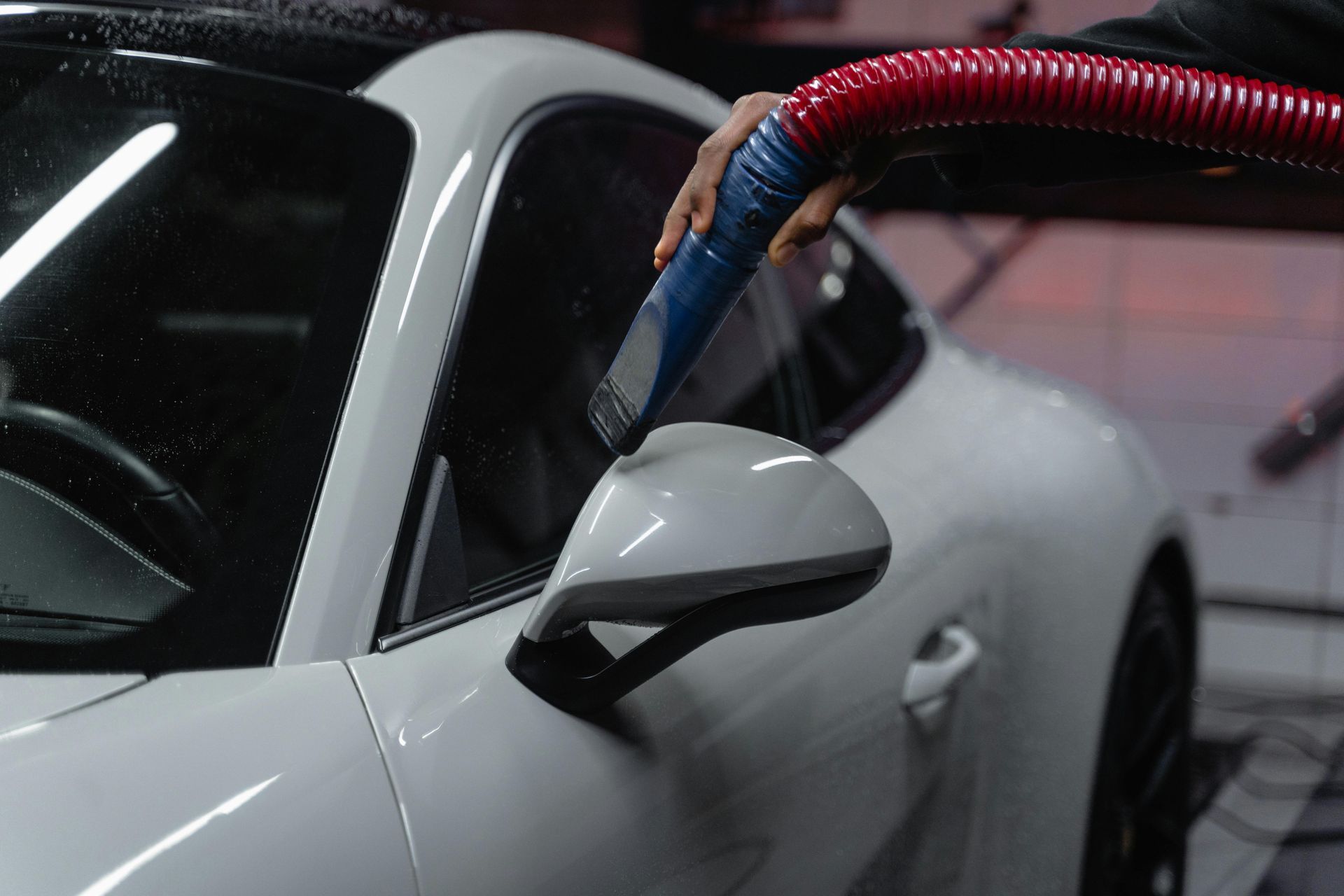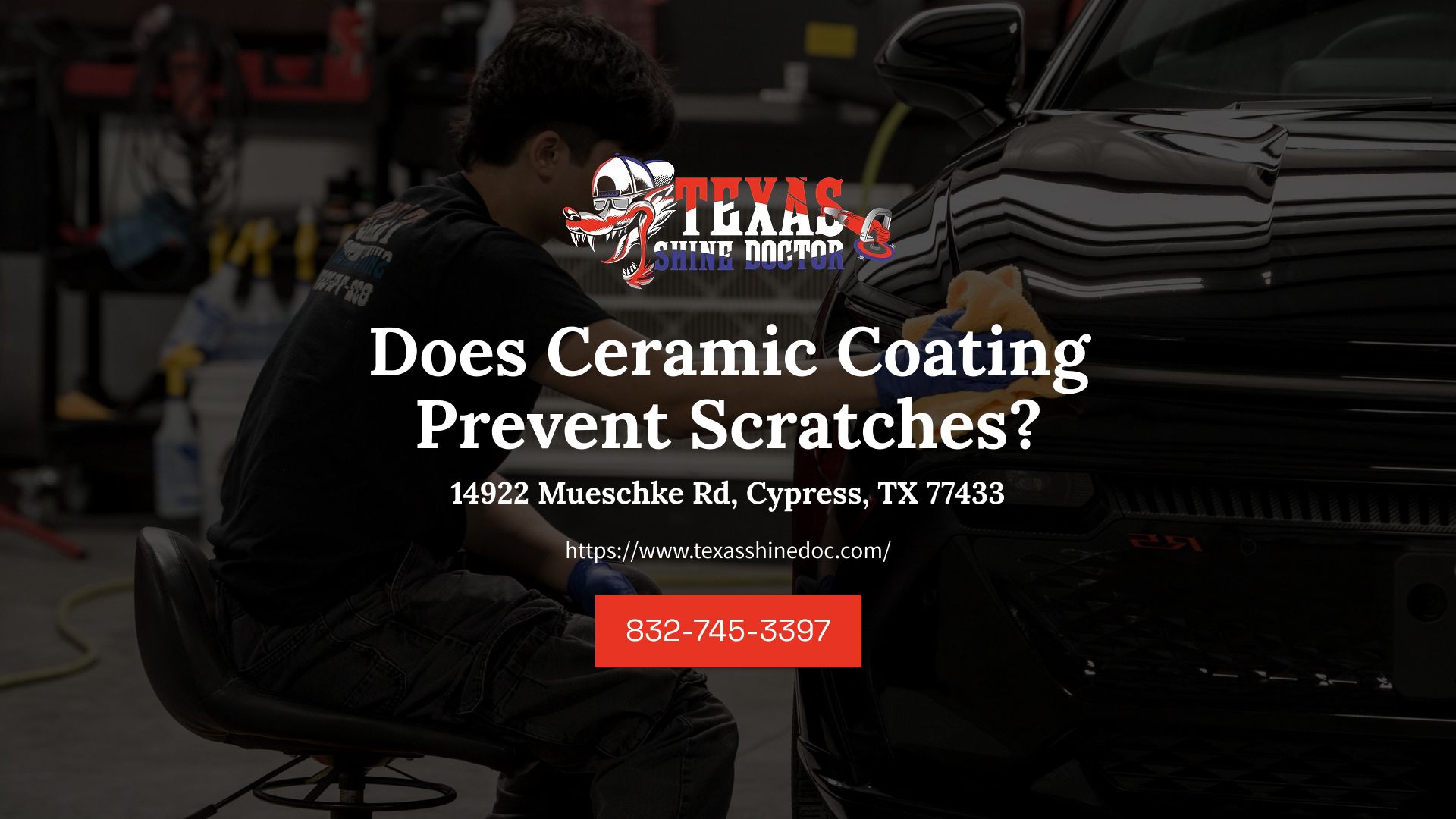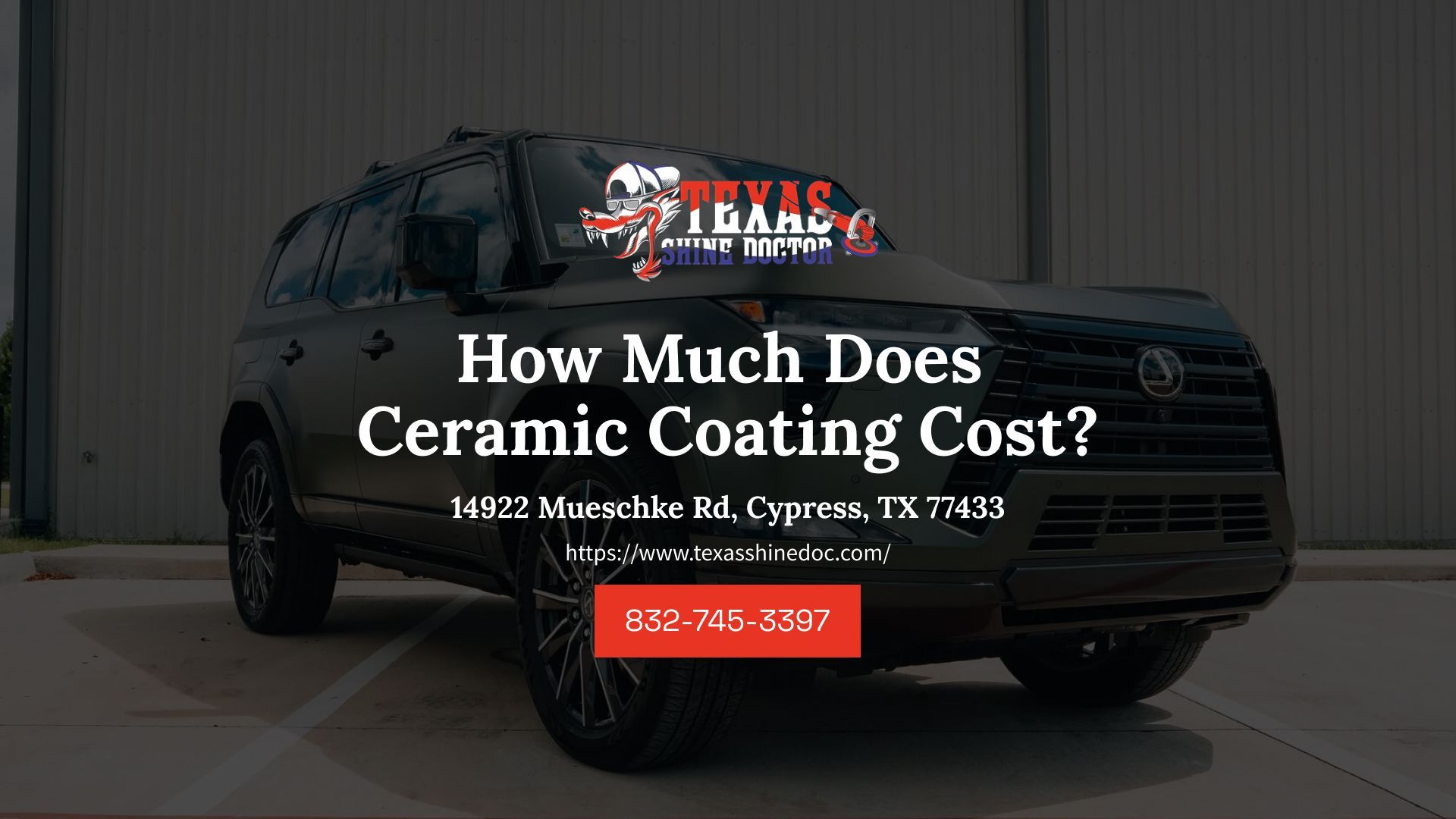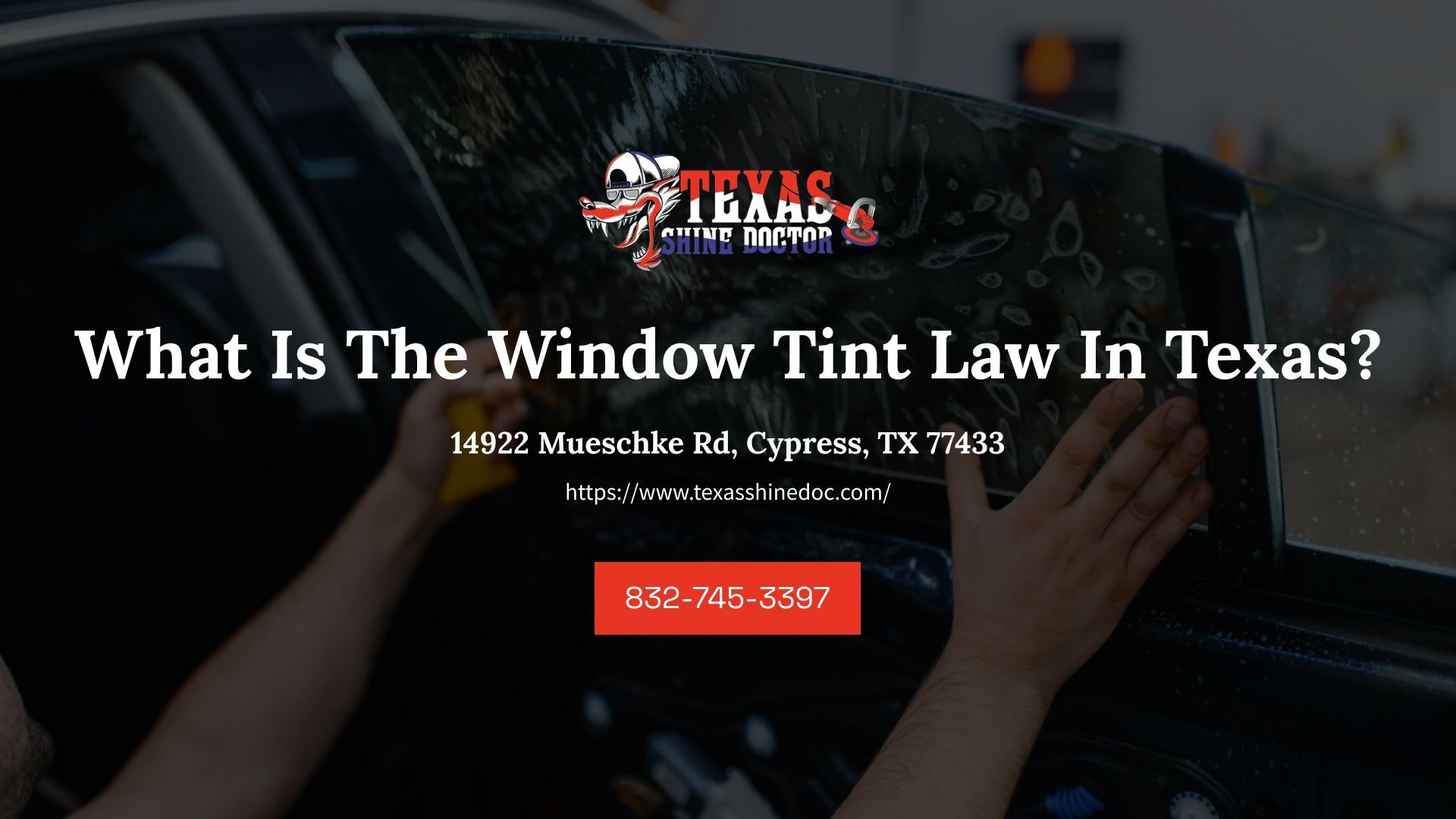Ceramic Tint Vs Regular Tint: What’s The Difference?

Key Takeaways
- Ceramic window film blocks up to 99% of UV rays and provides superior heat insulation with infrared reflection technology.
- Tinted window film is cost-effective but offers less UV protection, a shorter lifespan, and less heat insulation in hot weather.
- Ceramic window film maintains clear visibility, does not affect electronics, and lasts 10+ years with advanced coatings.
- Standard window film can fade or discolor, while ceramic window film provides a sleeker, more refined appearance with lasting value.
- For Texas temperatures, ceramic window film outperforms standard window film in every major category.
What Is Regular Window Tint?
Dyed window film, often referred to as standard tint or traditional window film, uses a basic film with an adhesive layer and a UV-blocking layer. This is a basic solution for increased privacy, sun protection, heat control, light glare reduction, and improved appearance at a low cost.
However, compared to advanced options, standard window tint still keeps the window relatively clear, unfiltered, and susceptible to high temperatures and UV rays. The use of dyed window film has limited performance, leaving room for advanced upgrades.
What Is Ceramic Window Tint?
Ceramic window film, also known as nano ceramic film or solar film, is a premium choice in the field of automotive window tinting and vehicle upgrades. This heat control technology uses embedded ceramic particles, scratch-resistant coatings, UV protection layers, and infrared reflective layers to block up to 99% of UV rays and significant infrared heat.
Unlike traditional films,
ceramic car tinting maintains transparency while reducing glare and protecting the interior from damage. Installing ceramic tint provides long-term interior protection, improved aesthetics, and better energy efficiency. These benefits make it a leading choice for premium window tint upgrades.

Ceramic Tint Vs Regular Tint: Which Tint Should You Choose?
Choosing the right window tint depends on your budget, comfort preferences, and desired performance in heat and UV protection. Here is a ceramic tint vs regular tint comparison table, based on major features such as UV protection, heat insulation, and privacy.
| Feature | Dyed Window Tint (Standard Tint) | Ceramic Window Tint (Nano-Ceramic Film) |
|---|---|---|
| UV Protection Layer | Blocks ~30-50% of UV rays | Blocks up to 99% of UV rays (UV, IR defense) |
| Heat Rejection | Low | High (Infrared rejection layer) |
| Glare Reduction | Moderate (basic shade) | Excellent (glare control, anti-glare) |
| Clarity & Visibility | May fade or discolor | Maintains clear vision (VLT) |
| Signal Interference | None | None (non-metalized) |
| Durability | ~3–5 years | 10+ years |
| Aesthetic Appeal | Flat appearance (basic film) | Enhanced aesthetic enhancement, richer tone |
| Price | Low | Premium (ROI, long-term value) |
Overall, ceramic tint excels in heat control, privacy, and sun protection. Ceramic car tinting offers superior performance compared to standard tint. Choosing ceramic tint offers long-term safety, security, and energy savings in the harsh Texas heat.
Before making a choice, it’s important to understand local tint regulations. Read about Texas window tint laws to ensure your vehicle stays street-legal.
Book Your Window Tinting Near Me Today!
Get your
window film installed today and stay cool during the hot Texas summer!
Book an appointment with Texas Shine Doctor and let our team provide you with enhanced privacy, superior thermal insulation, and legal compliance with Texas tint laws. Every project is handled professionally using OEM-approved tools and finished to automotive service standards.
FAQs
How long does ceramic tint last?
Ceramic tint lasts over 10 years thanks to its scratch-resistant coating and stable tint film.
Does a ceramic tint block heat better than regular tint?
Yes. Ceramic window tint blocks significantly more heat than standard dyed film, rejecting up to 80% of solar energy through its infrared rejection layer and UV-blocking technology.
Will tint affect visibility?
No. Unlike opaque or overexposed coverings, quality tints allow balanced light through the shade while reducing glare.
What are the safest tints?
Security window film and UV-blocking ceramic tint are among the safest options, protecting occupants from harmful UV rays, reducing shatter risk, and preserving the vehicle’s interior.
Is ceramic tint signal-safe?
Yes. Unlike metalized tint, ceramic tint contains no metal particles, so it doesn't interfere with signals.











